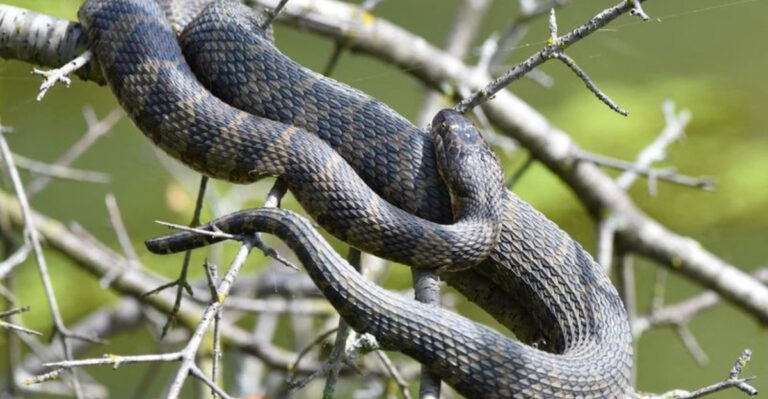14 Fish Species You Should Never Release Into U.S. Waters
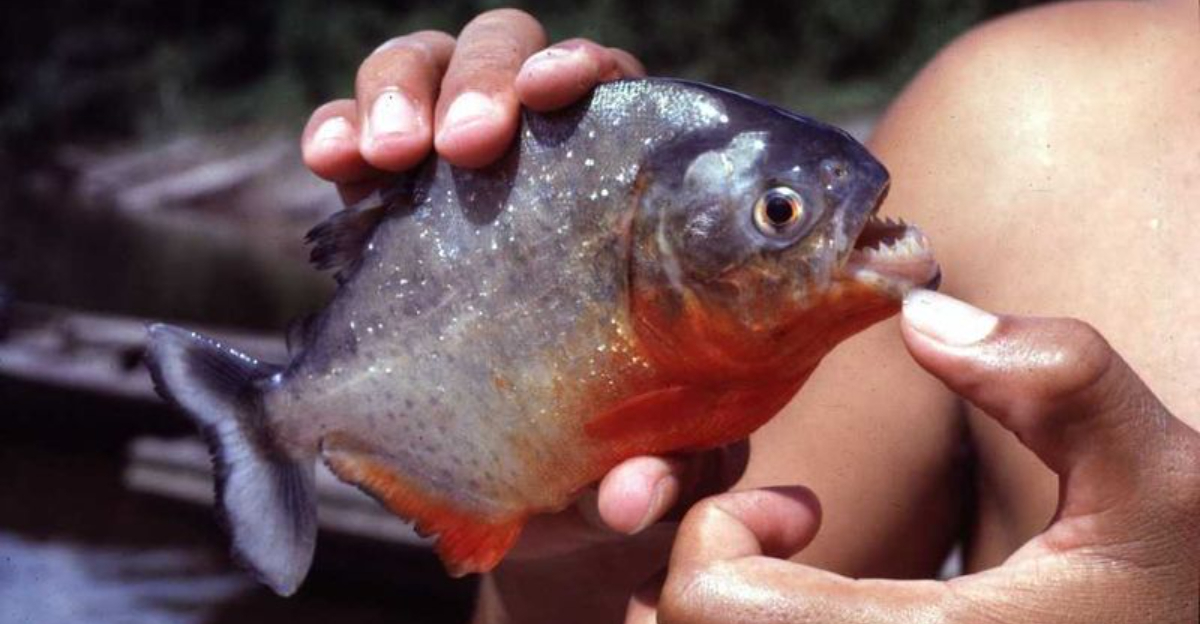
Releasing fish into local waterways might seem harmless, but it can trigger environmental disasters. Non-native fish can multiply rapidly, devour native species, and destroy fragile ecosystems built over thousands of years.
Understanding which species pose the greatest threats helps protect America’s lakes, rivers, and streams from these underwater invaders.
1. Asian Carp
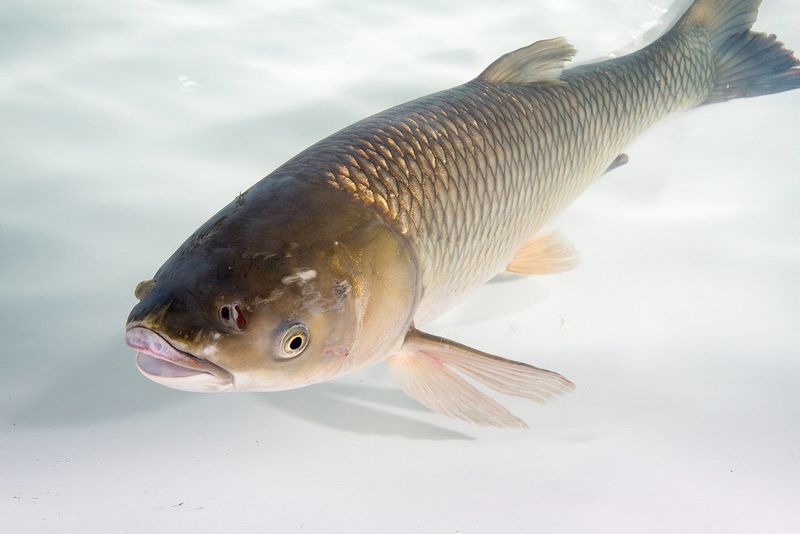
These hungry giants consume up to 40% of their body weight daily, starving native fish of vital food resources.
Asian Carp leap from water when startled, sometimes injuring boaters. Their rapid breeding and massive appetites have devastated ecosystems throughout the Mississippi River Basin.
2. Northern Snakehead
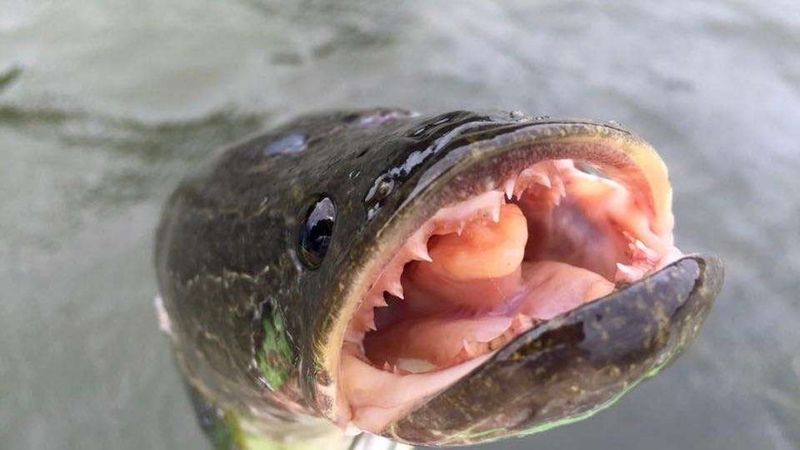
Known as “Frankenfish,” Northern Snakeheads can breathe air and survive on land for up to four days, allowing them to travel between bodies of water.
These aggressive predators reproduce multiple times yearly and feast voraciously on native fish. Once established, they’re nearly impossible to eliminate from waterways.
3. Zebra Mussel
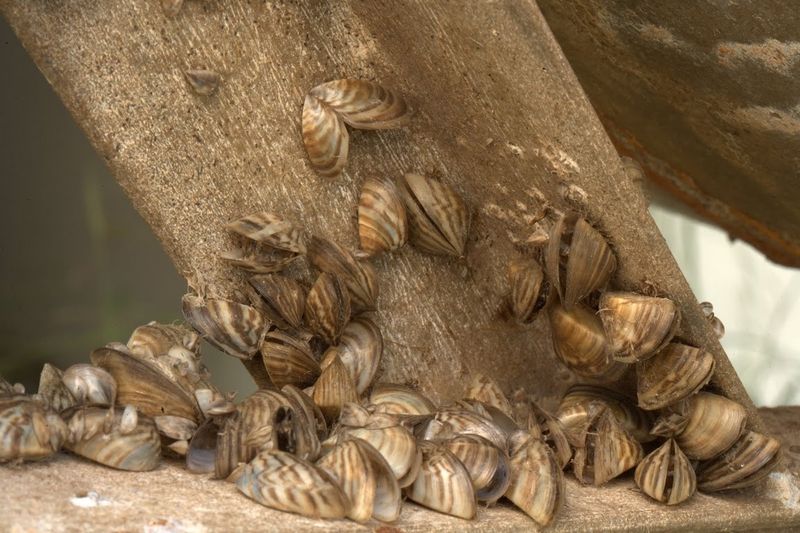
A single female Zebra Mussel produces up to one million eggs annually. These tiny invaders cling to boats, pipes, and native wildlife.
They filter excessive amounts of water daily, starving other species of nutrients. Removal costs Americans billions in damage to water intake systems and infrastructure.
4. Largemouth Bass (Non-native)
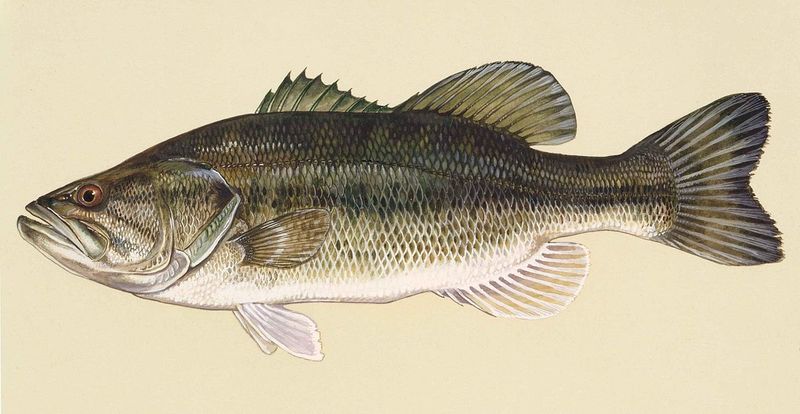
When introduced outside their natural range, these popular sport fish become ecological wrecking balls. Their aggressive feeding habits target smaller native fish species.
Largemouth Bass quickly dominate new waters, altering the natural balance. What might seem like improving fishing opportunities actually destroys unique local ecosystems.
5. Goby Fish (Round Goby)
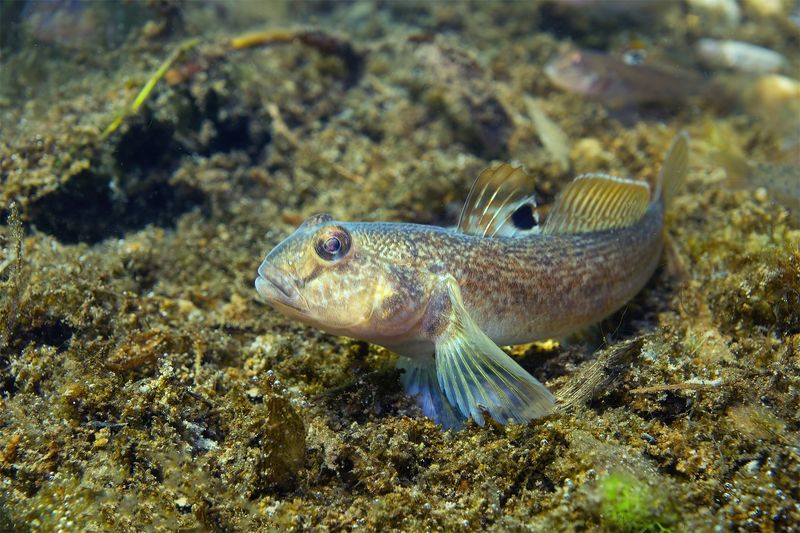
Arriving in ship ballast water, Round Gobies have colonized all five Great Lakes at alarming speeds. These bottom-dwellers feast on eggs and young of native fish.
Their aggressive nature and ability to spawn multiple times yearly gives them an edge over native species. They also transfer harmful contaminants up the food chain.
6. Tilapia
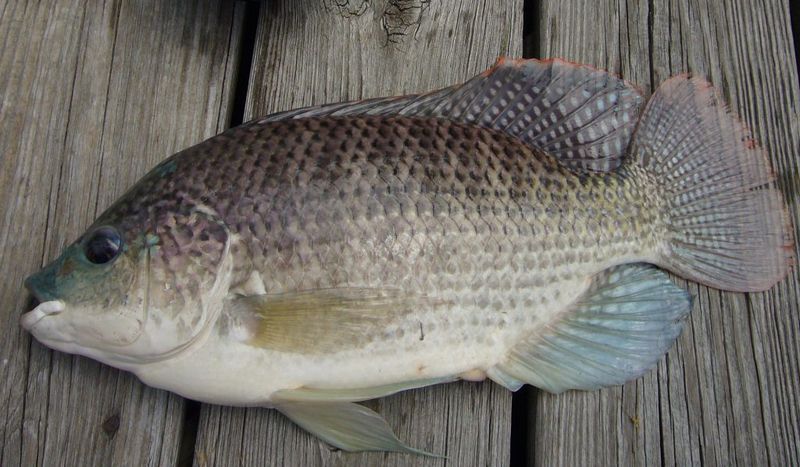
Farm-raised for food, escaped Tilapia wreak havoc in warm southern waters. Their omnivorous diet depletes vegetation needed by native fish for spawning and shelter.
Tilapia reproduce rapidly and crowd out local species. In Florida alone, several varieties have established permanent populations, permanently altering natural waterways.
7. Piranha
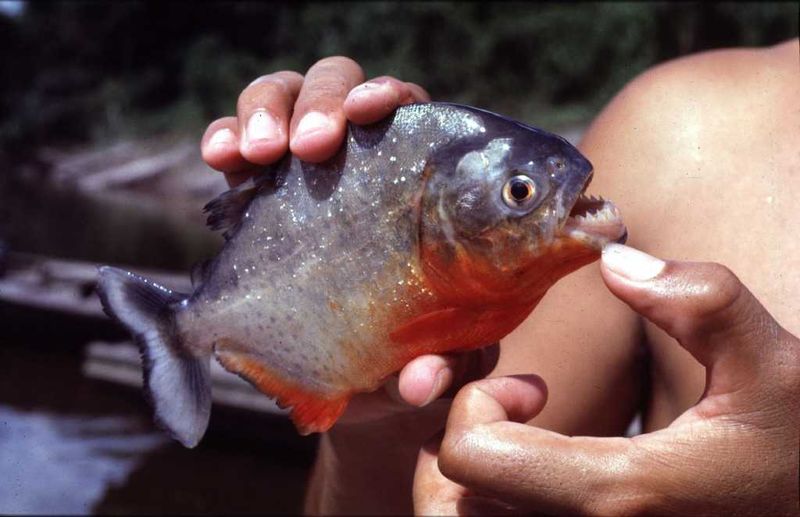
Despite Hollywood exaggerations, real piranhas pose serious ecological threats rather than human dangers. Released pets can survive in southern U.S. waters.
Their powerful jaws and pack-hunting behavior devastate native fish populations. Florida and Texas have already discovered released piranhas, raising concerns about potential breeding populations.
8. Carp (Common Carp)
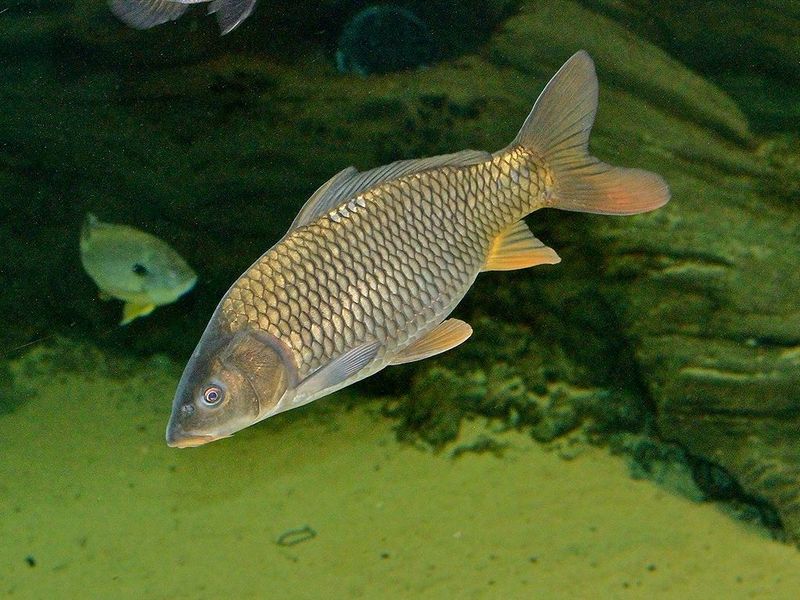
Originally introduced as food fish, Common Carp uproot aquatic plants while feeding, turning clear waters murky. Their bottom-feeding creates cloudy conditions where sunlight can’t penetrate.
Native vegetation dies without sufficient light, eliminating habitat for other species. A single female produces up to two million eggs annually.
9. European Perch
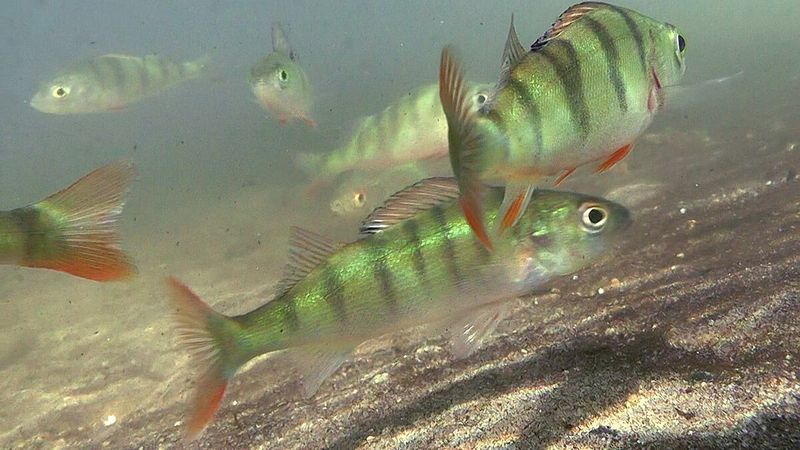
With vibrant orange fins and striking appearance, European Perch might look harmless. However, these voracious predators consume eggs, insects, and smaller fish species.
Their adaptability to various water conditions makes them formidable invaders. Already problematic in parts of Connecticut and Massachusetts, they threaten native sunfish and perch varieties.
10. Rainbow Trout (Non-native)
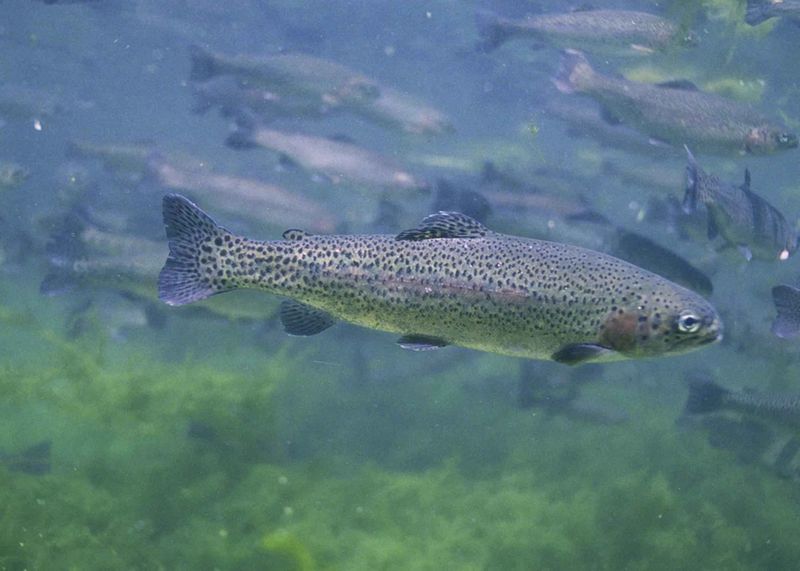
Prized by anglers, Rainbow Trout become ecological bullies when introduced to waters outside their native western range. They compete directly with native brook trout for food and habitat.
Their larger size and aggressive feeding behavior give them advantages over native species. They can also spread diseases to which local fish have no immunity.
11. Goldfish
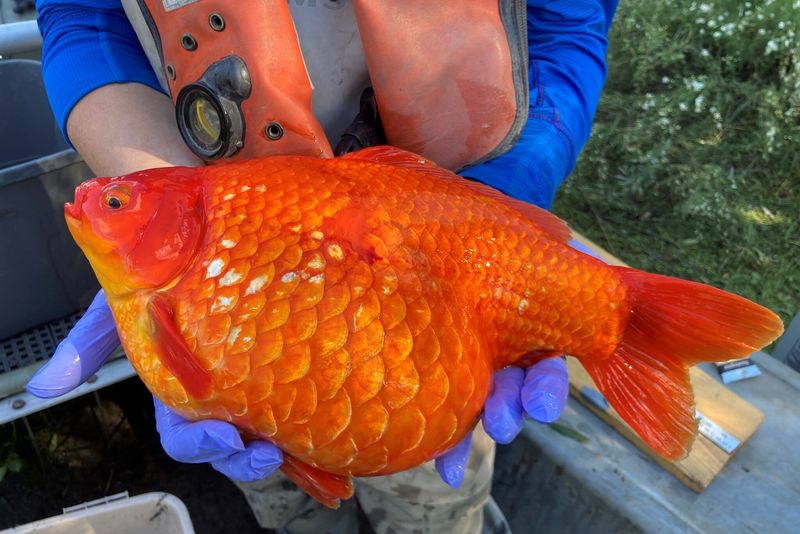
Those innocent carnival prizes and unwanted pets grow enormous in the wild – sometimes reaching several pounds! Released goldfish uproot plants and stir bottom sediments.
Their feeding creates murky water conditions. They reproduce explosively and compete with native fish for food and space, turning balanced ecosystems into goldfish-dominated waters.
12. Redear Sunfish
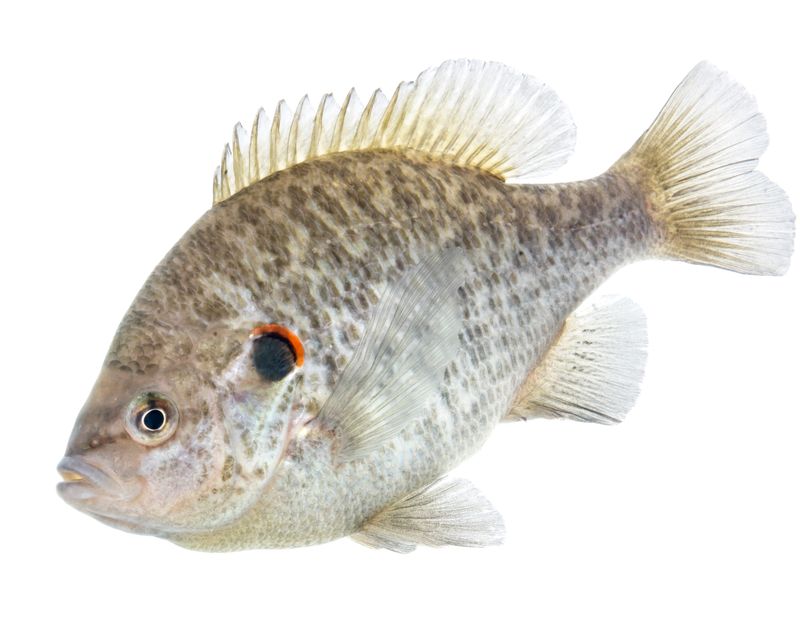
Nicknamed “shellcrackers” for their ability to crush mollusk shells, Redear Sunfish disrupt food webs when introduced outside their southeastern native range. Their specialized diet targets snails and small shellfish.
By eliminating these creatures, they remove important water filters and food sources for other species. Native to the southeast, they cause problems elsewhere.
13. Asian Swamp Eel
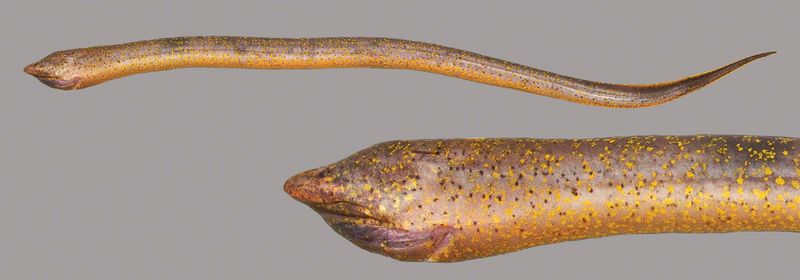
Master escape artists, these air-breathing eels survive for days out of water. They burrow into mud during droughts, emerging when conditions improve.
Released from aquariums or food markets, they’ve established populations in Florida and Georgia. Their secretive nature and nocturnal hunting make them nearly impossible to eliminate once established.
14. Rock Bass
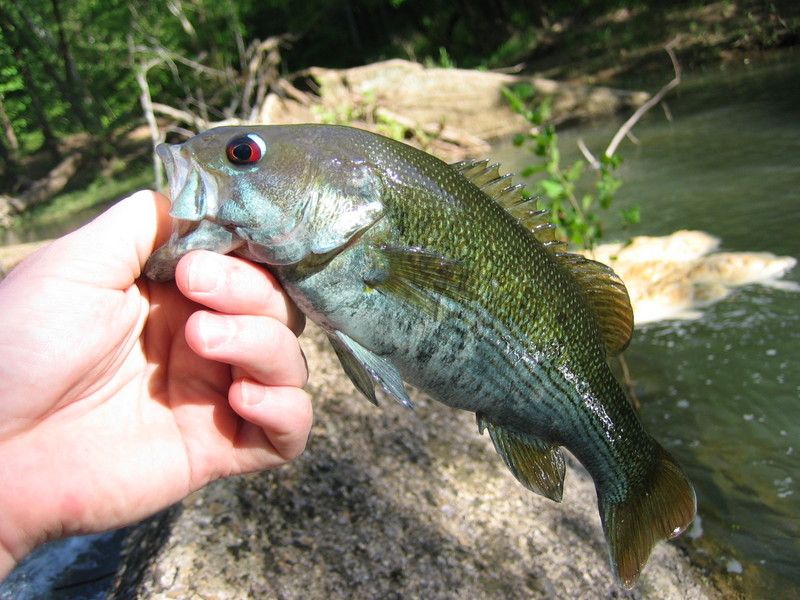
With their distinctive red eyes and aggressive attitude, Rock Bass quickly take over new territories. Originally native to the Mississippi Basin, they’ve been spread by anglers seeking new fishing opportunities.
They gobble eggs of native species and outcompete local fish for nesting sites. Their adaptability to various water conditions makes them successful invaders nationwide.

